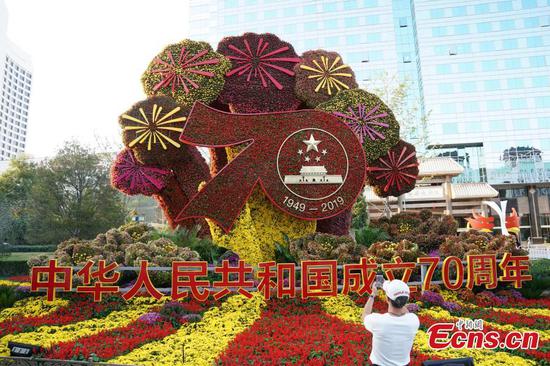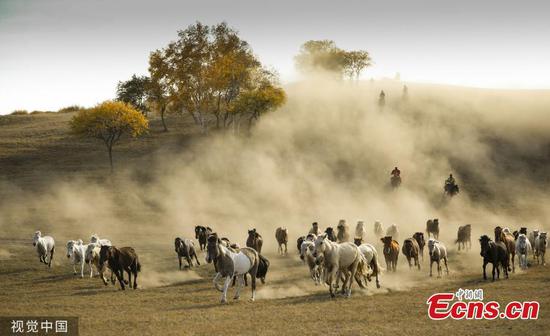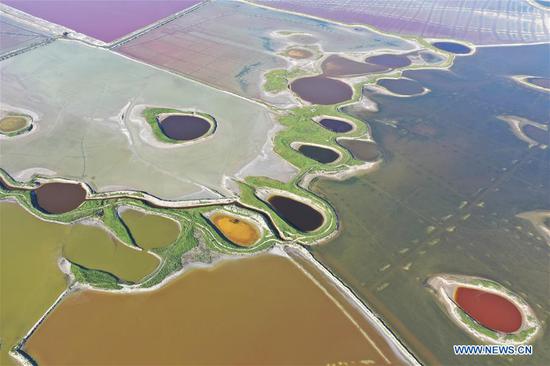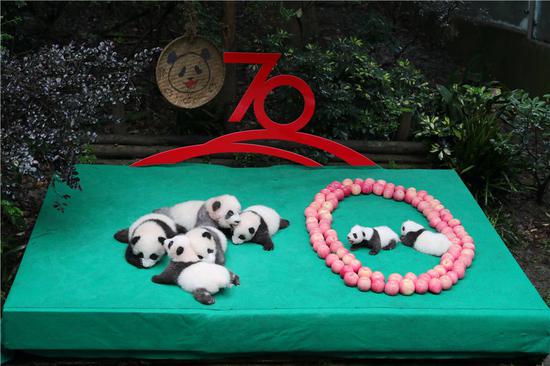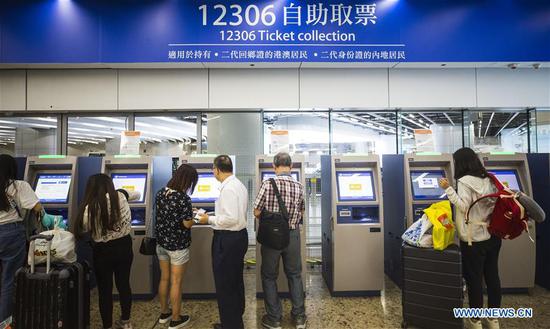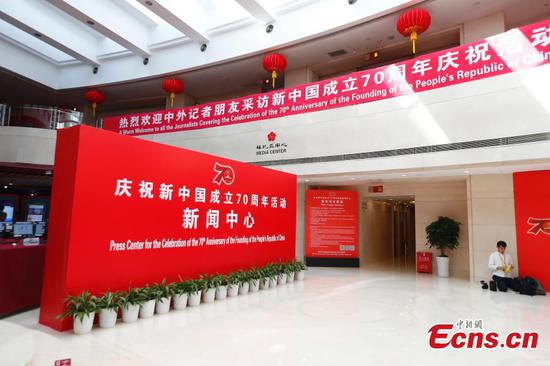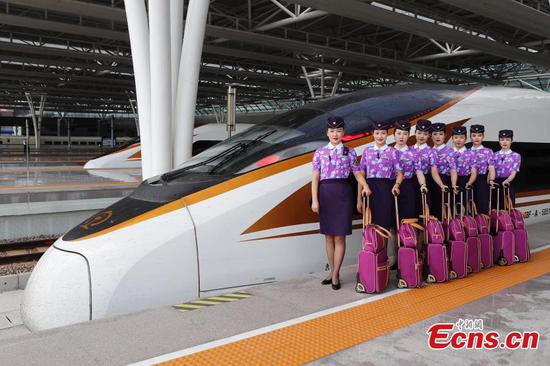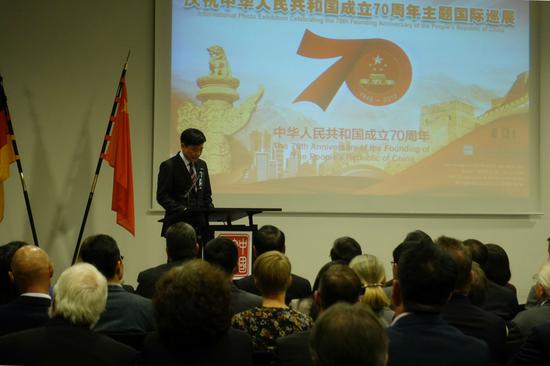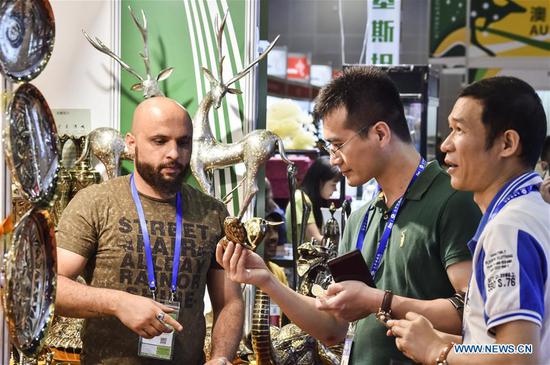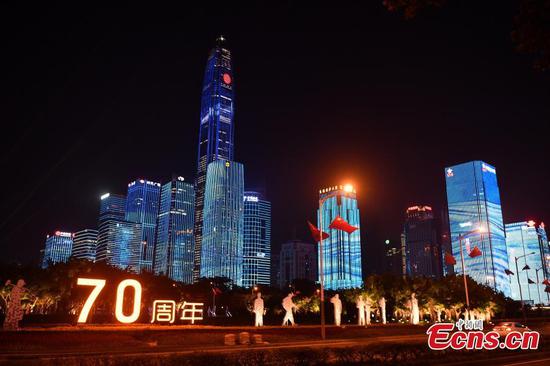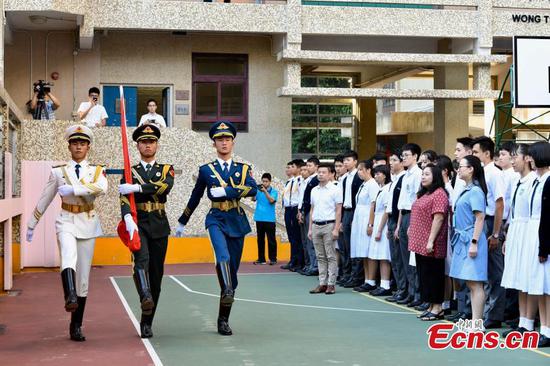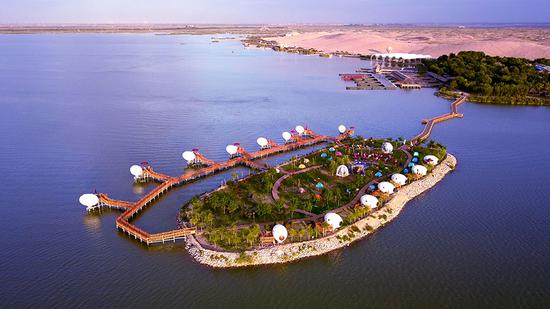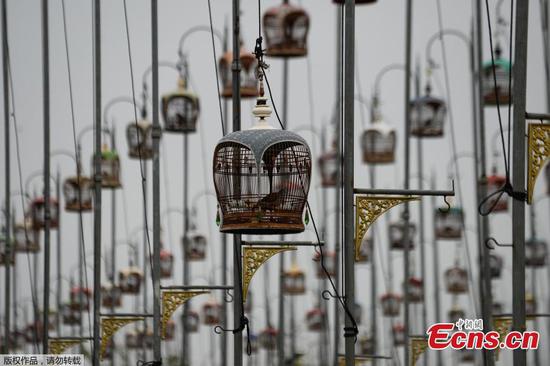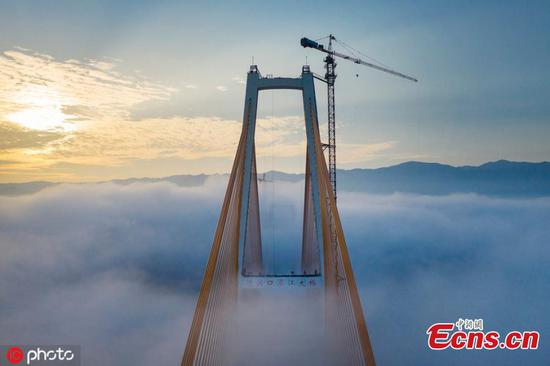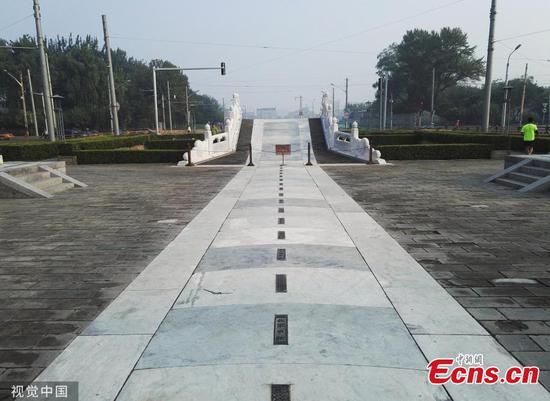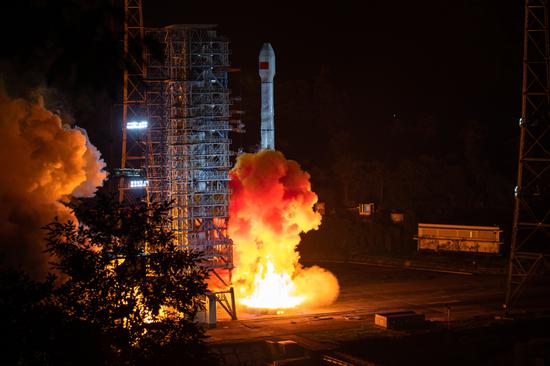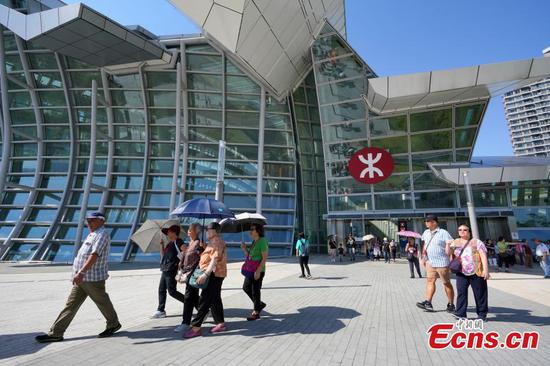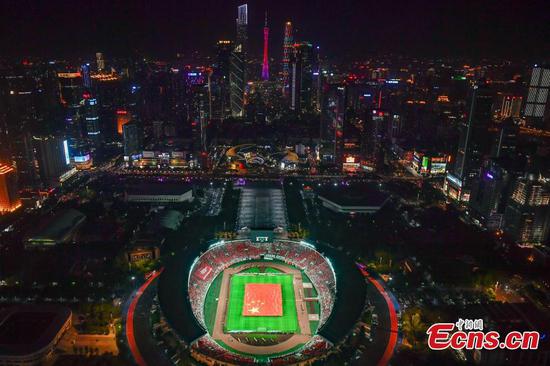China will avoid using major monetary stimulus to counter downside pressure as some other economies have, Yi Gang, governor of the People's Bank of China, said on Tuesday.
"China's monetary policy should stay committed to its own course and stick with a prudent stance," Yi said, citing the country's economic expansion remaining within a reasonable range and a mild level of inflation as well as the need to keep debt levels stable and sustainable.
There is rather large space in monetary policy to counter downside risks, as the interest rate level is "proper" and the level of required reserve ratios has ample room for adjustment, Yi said at a news briefing on Tuesday.
Yet the country is "not in a rush to roll out massive interest rate cuts and quantitative easing as some other central banks did", Yi said.
The PBOC, the central bank, will mainly refer to domestic factors, instead of external ones, in determining monetary policy, according to Yi.
More than 20 economies have cut interest rates in the face of downside risks this year, including the United States Federal Reserve's quarter-point cut last week. The European Central Bank cut deposit rates by 0.1 percentage point earlier this month, coupled with restarting quantitative easing in November.
"Yi's remark makes the message clear that China will not significantly loosen monetary policy, though an easing in the external environment has provided the country with a lot of room to maneuver," said Tang Jianwei, chief researcher at the Financial Research Center of the Bank of Communications.
"China may only initiate major monetary stimulus in the event of a drastic exacerbation of the external environment or a considerable slowdown in economic growth," Tang said.
Moderate easing measures to stabilize the economy could still be expected over the rest of the year, Tang said. Those could include reductions in the required reserve ratios and the new reference lending interest rate, known as the loan prime rate.
The PBOC has made continuous efforts to reduce financing costs faced by the real economy this year, including reforming the LPR. The latest one-year LPR, released on Friday, was 4.20 percent, lower than August's 4.25 percent.
The Chinese economy grew by 6.3 percent in the first half, versus 6.6 percent for the whole year in 2018, officials said. Economic activities remained stable but cooled down slightly in July and August with slower growth in industrial output.
Liu Chunsheng, an associate professor of international trade at the Central University of Finance and Economics, said the world's second-largest economy remains on track to achieve its annual growth target of 6 to 6.5 percent.
"The economy is slowing down but is definitely not on the brink of a recession. It is wise for the central bank to save its ammunition for any worse-case scenario," Liu said.
To achieve sustainable economic development, China will "treasure" room for normal monetary policy, shunning the use of unconventional policy tools such as negative interest rate policies, Yi said.
Overall financial risks have been contained and market expectations are improving, Yi said, adding that China will stick to market-oriented and law-based measures in resolving the remaining risks of some commercial banks.
The central bank governor said China has no timetable for the introduction of a digital currency but will carry out more research and tests in the area.









